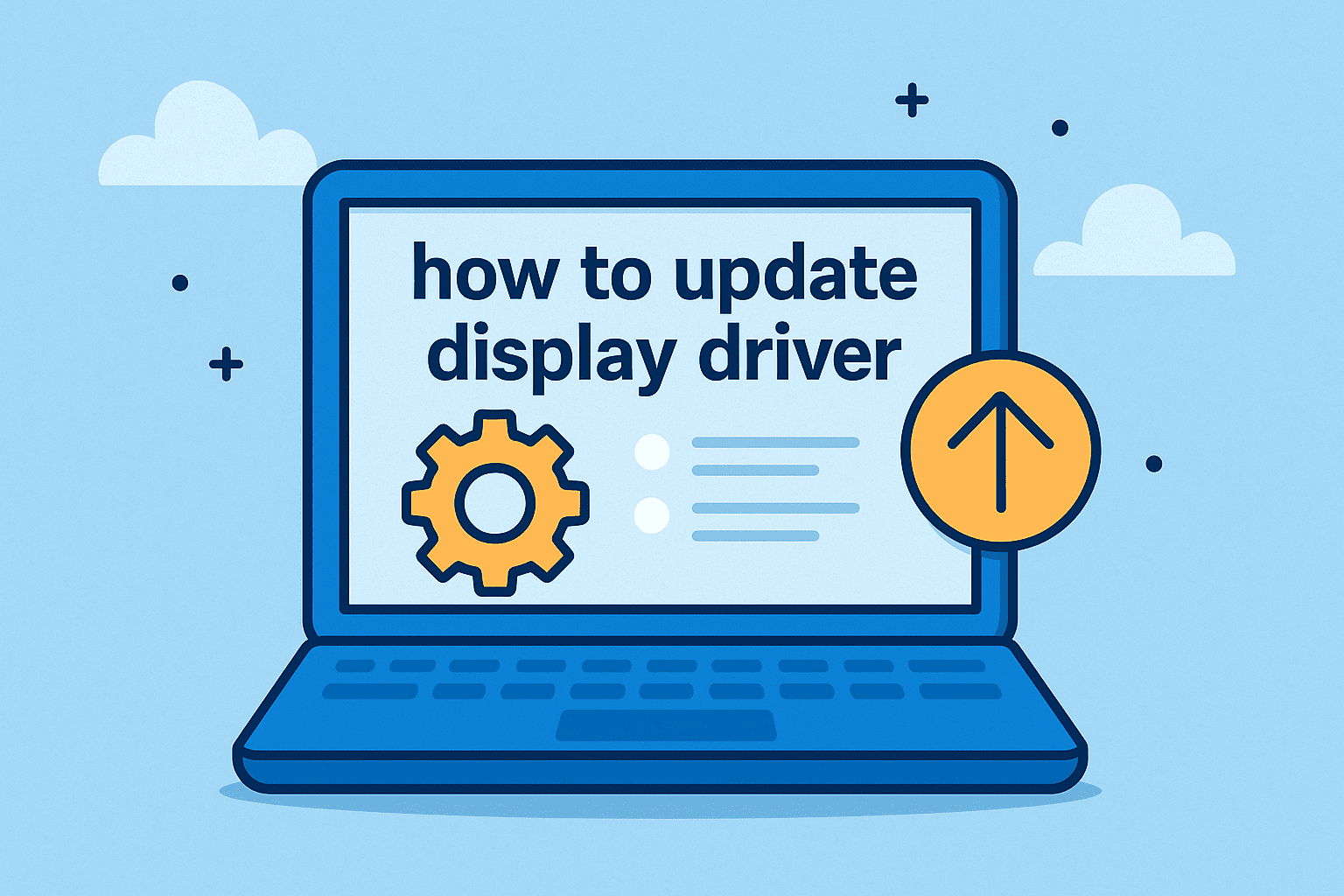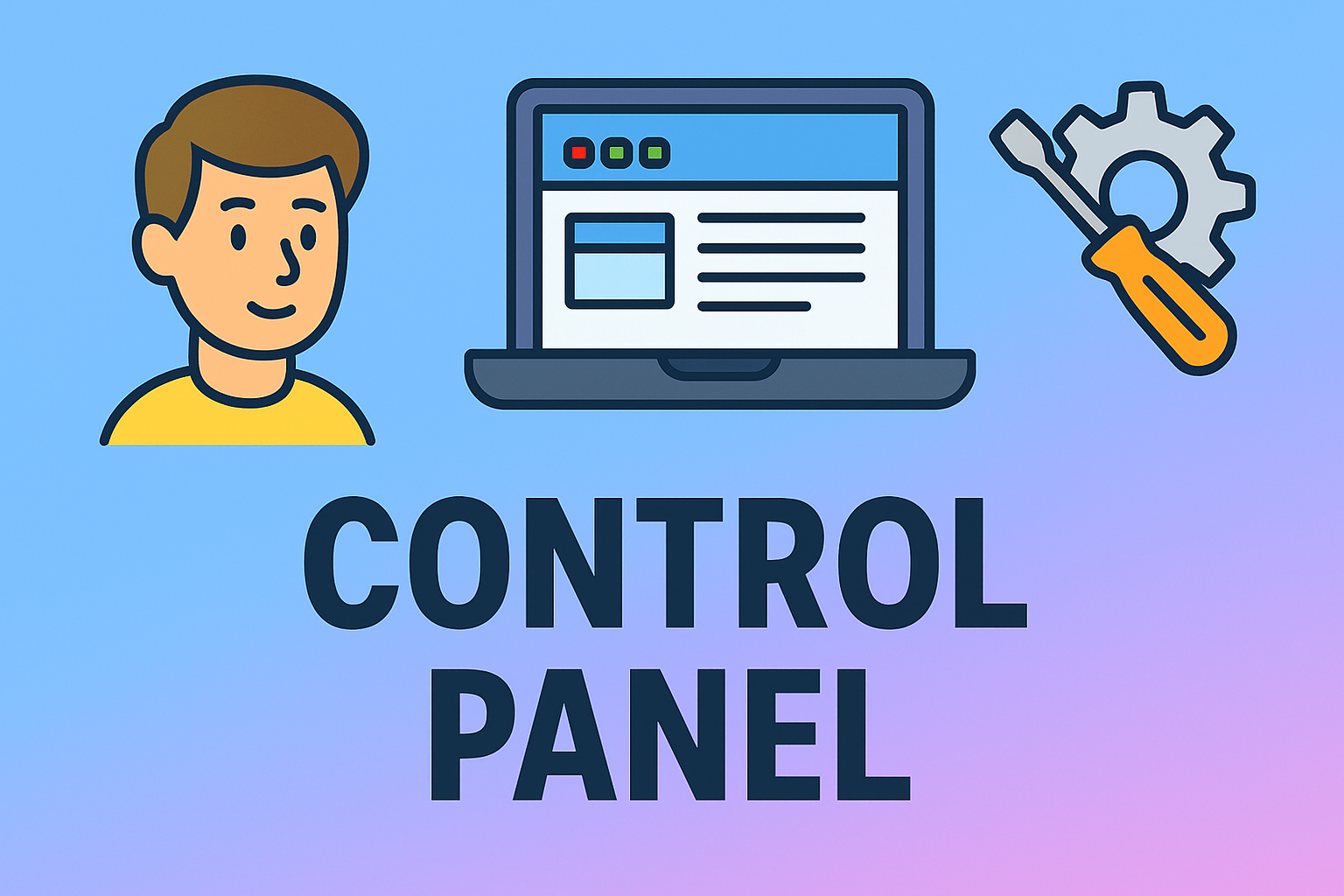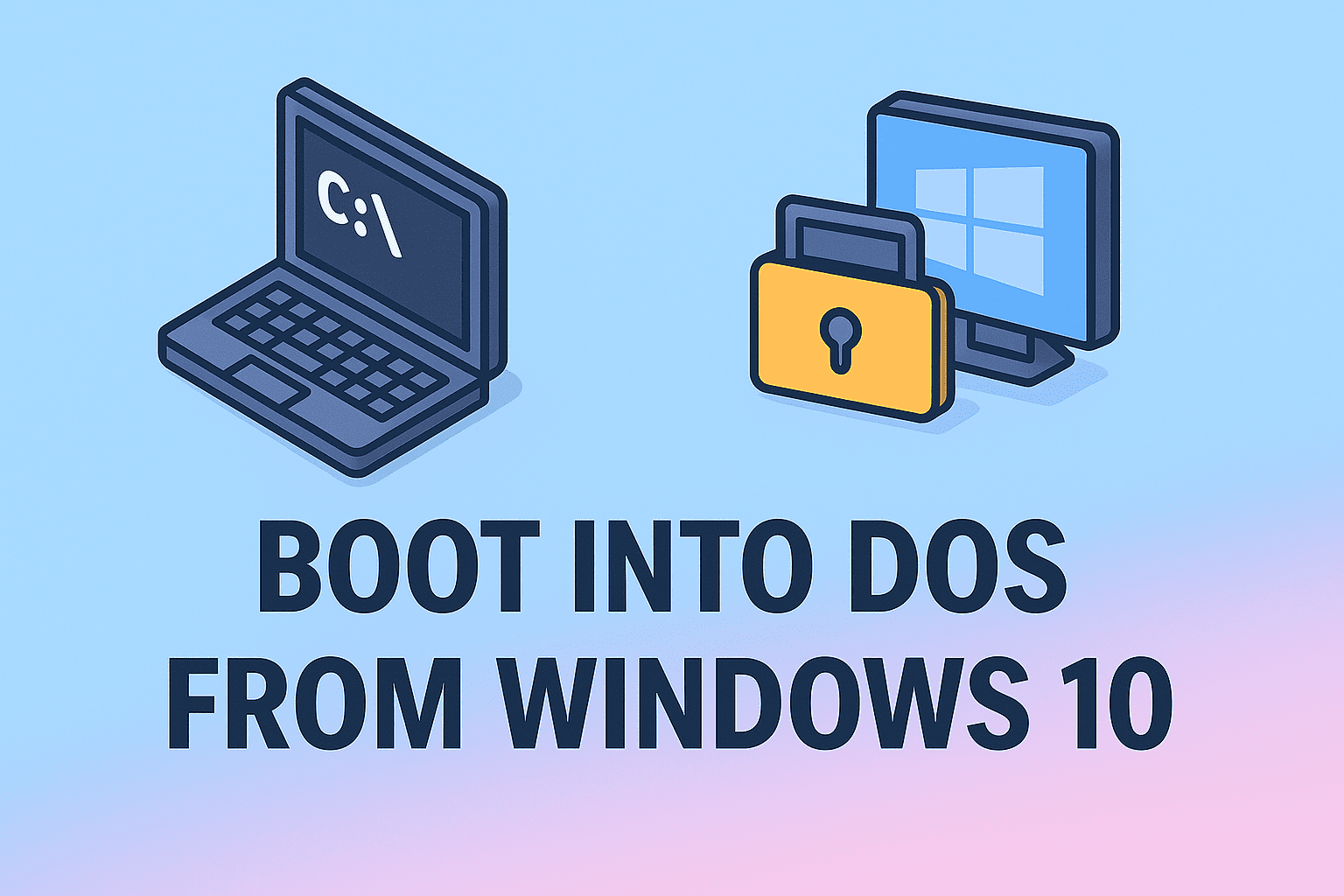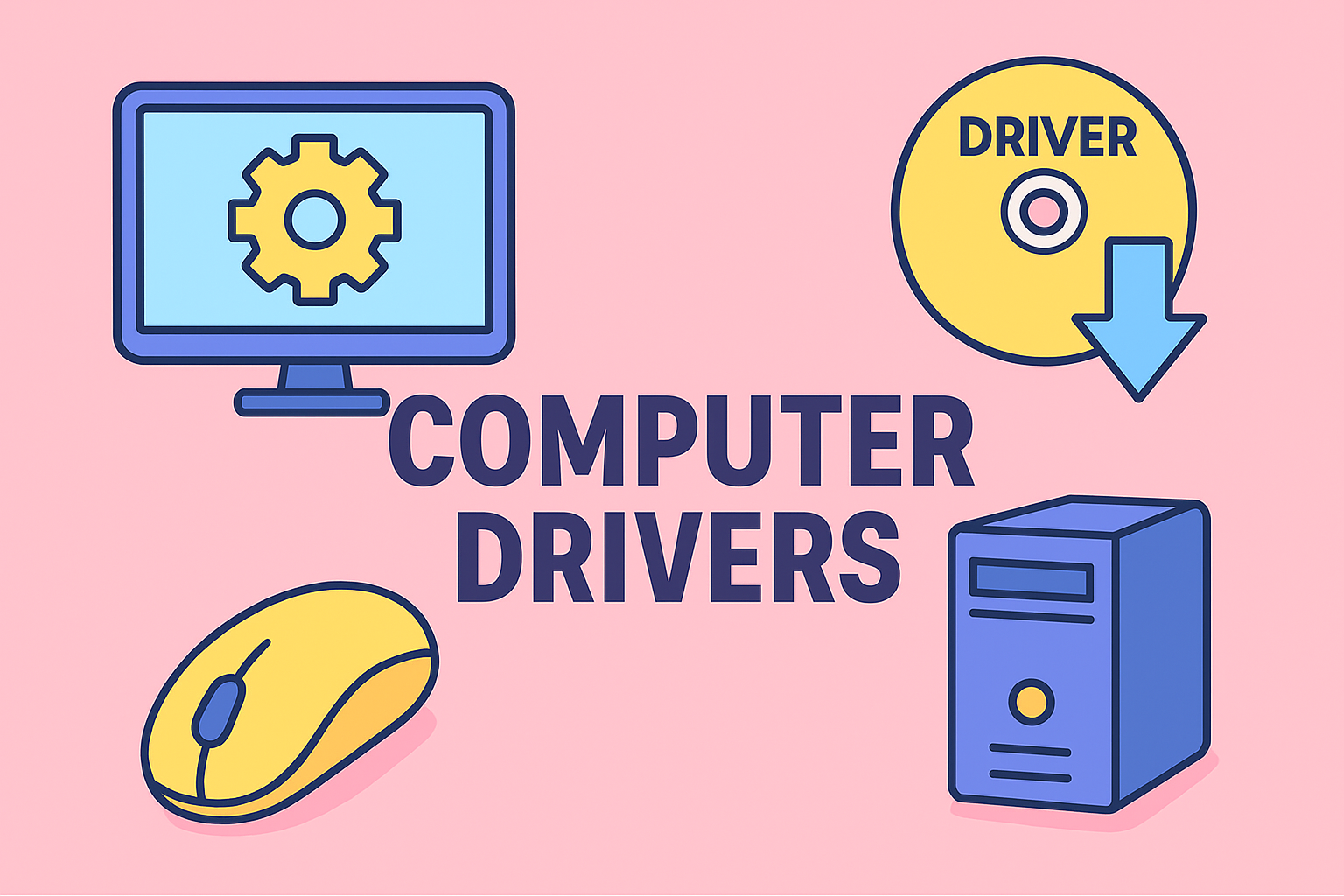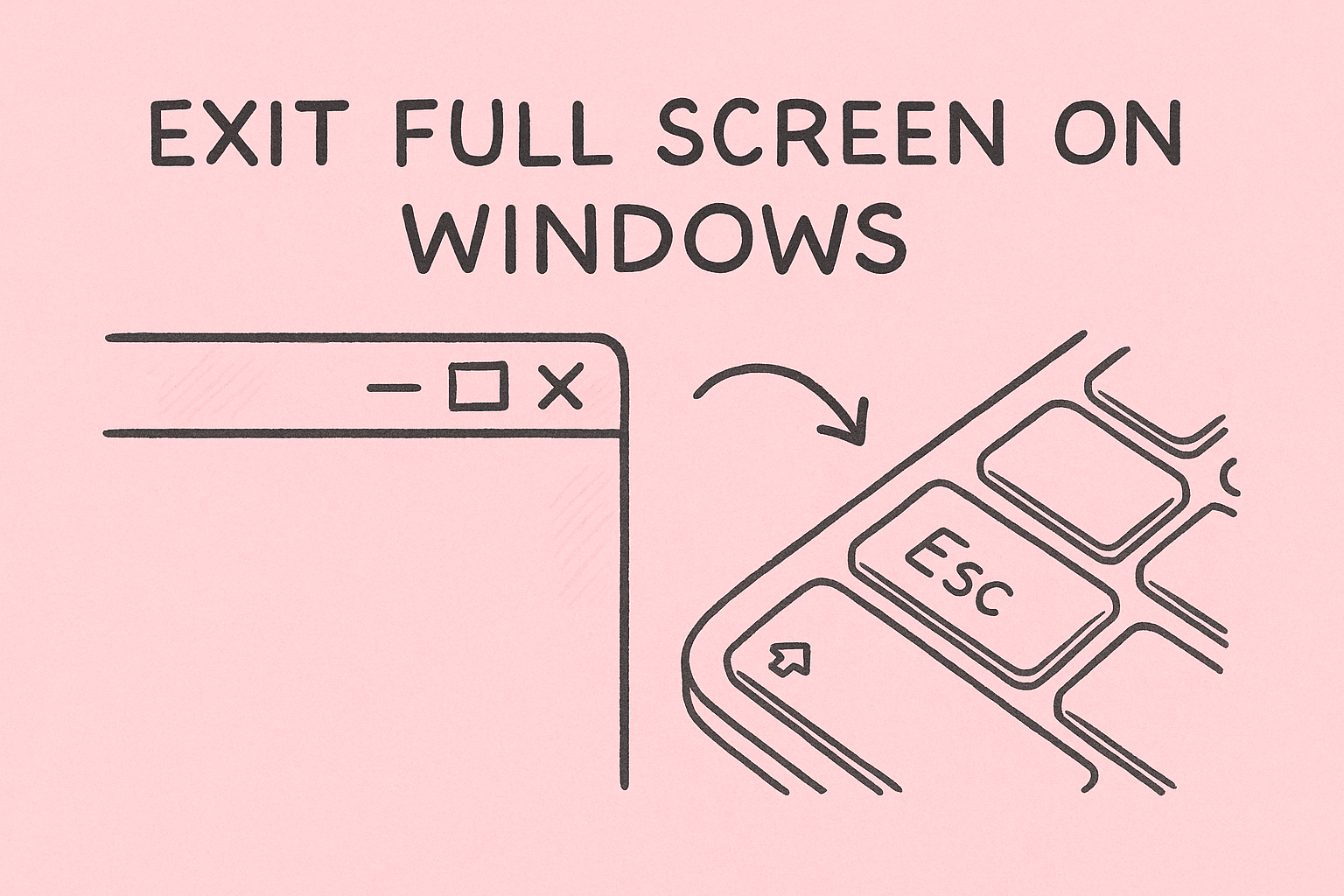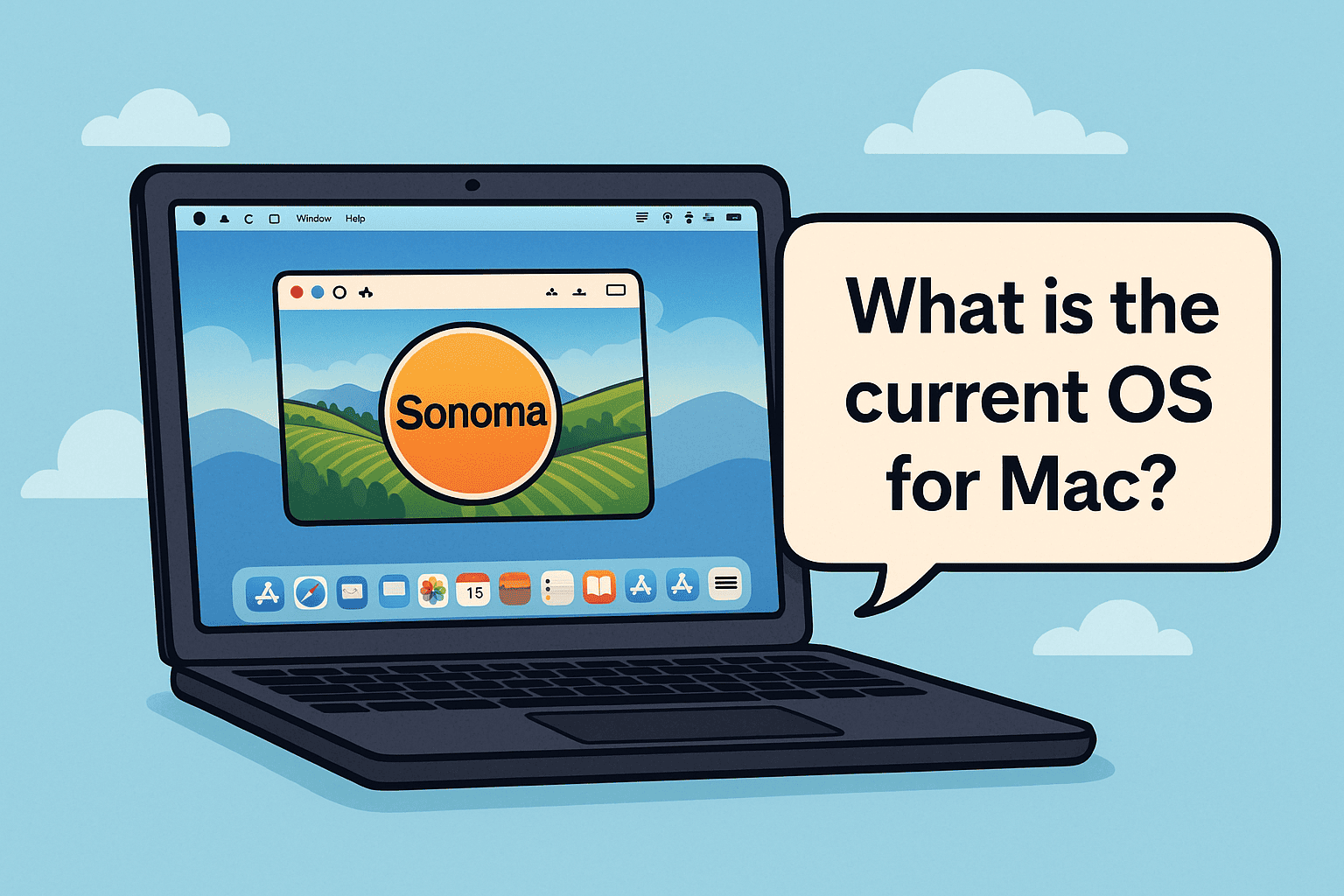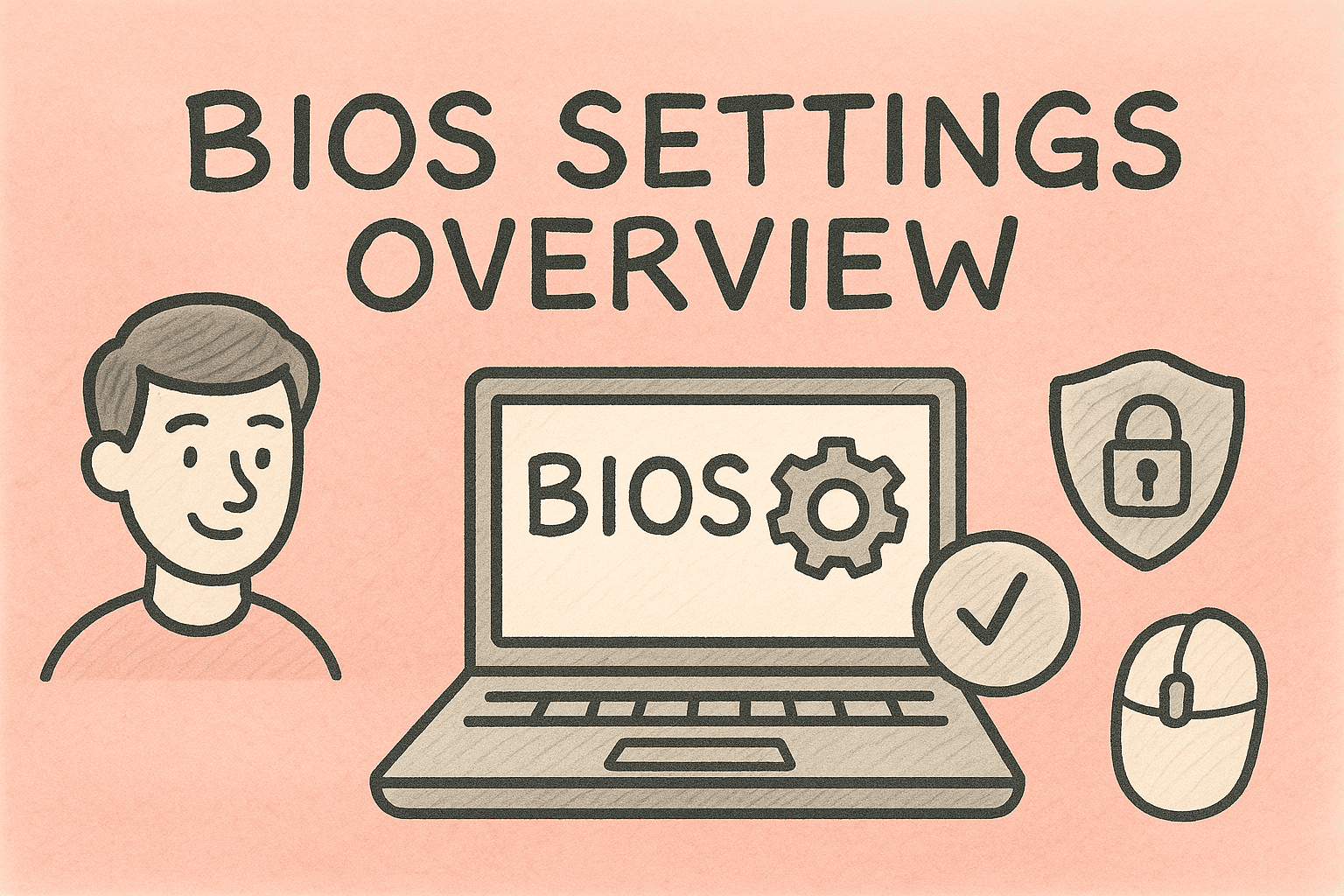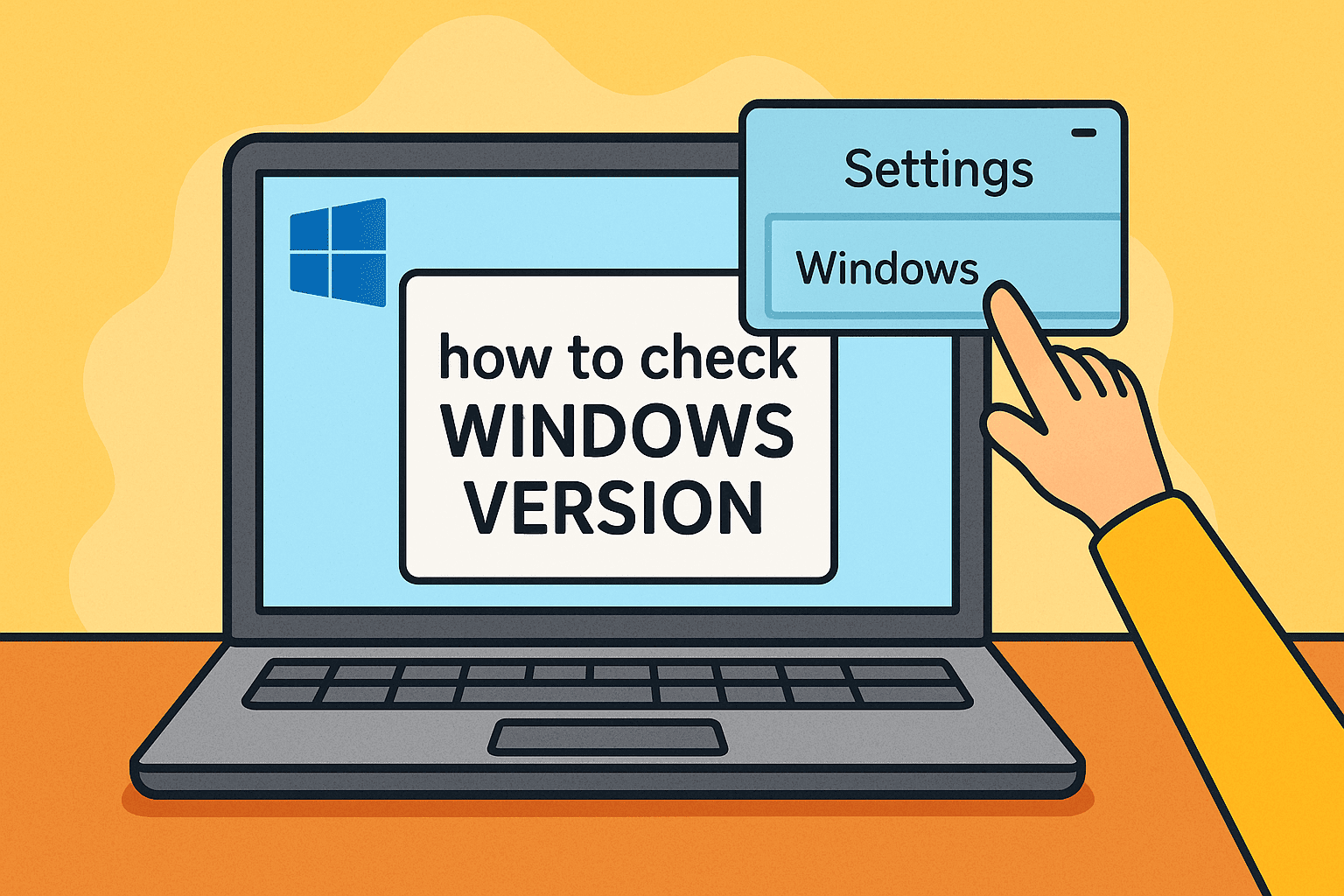Mastering AMD Graphics Driver Updates for Better Performance
Updated on November 18, 2025, by ITarian
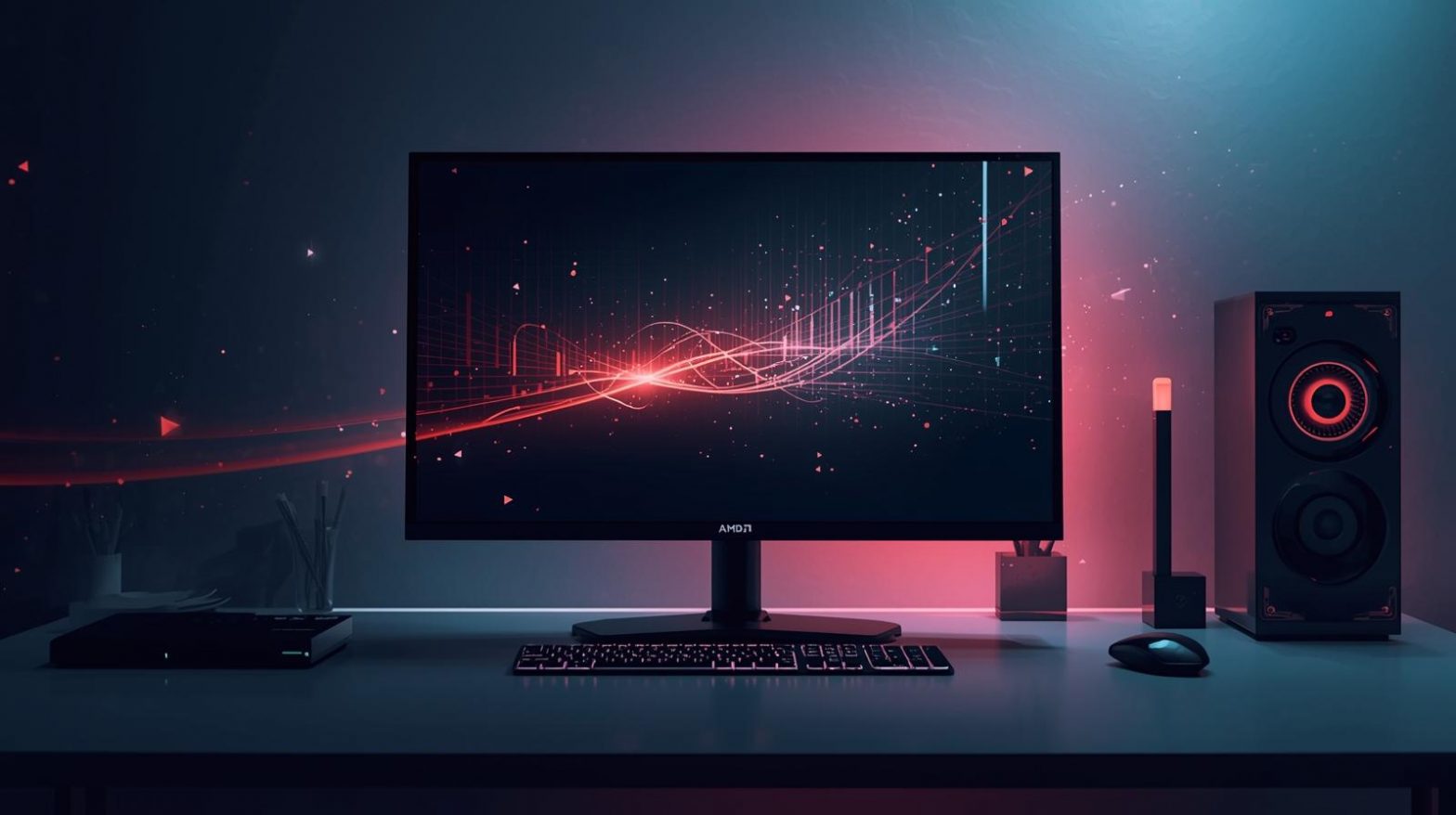
If you’ve ever experienced screen flickering, performance drops, unexpected crashes, or sluggish graphics, you may have asked yourself: how to update AMD graphics driver quickly and correctly? It’s a common question—especially for IT managers, cybersecurity professionals, and business users who rely on stable, high-performance systems. Updating your AMD drivers isn’t just about boosting visuals; it’s also about improving system security, enhancing productivity, and ensuring your devices run smoothly.
Graphics drivers act as the communication bridge between your operating system and your GPU. Outdated or corrupted drivers often lead to display issues, compatibility problems, or even vulnerability exposures. That’s why keeping AMD drivers updated is essential. In this conversational guide, we’ll walk through every reliable method to update your AMD graphics driver—and share practical tips, troubleshooting insights, and best practices along the way.
Why Updating Your AMD Graphics Driver Matters
Updating your driver does more than improve visual quality. It directly affects system stability, performance, and even cybersecurity.
1. Better Graphics and Smoother Performance
Updated drivers deliver:
-
Enhanced frame rates
-
Improved software compatibility
-
Better rendering quality
2. Stronger System Security
Outdated GPU drivers expose systems to vulnerabilities. AMD regularly patches security flaws through driver updates.
3. Compatibility With Modern Software
Applications like:
-
Virtualization platforms
-
Security monitoring tools
-
Creative software
-
Engineering applications
…often require the latest AMD drivers to run optimally.
4. Reduced System Errors and Crashes
Many crashes are caused by outdated or corrupted display drivers.
5. Better Experience for IT and Cyber Teams
Smooth graphics = more efficient dashboards, threat monitoring, and remote management.
Understanding AMD Graphics Drivers (And Why They Matter)
Before diving into how to update AMD graphics driver, it helps to understand what these drivers actually do.
AMD GPU Driver Purpose
Your AMD driver:
-
Connects GPU hardware to the operating system
-
Enables rendering for apps, browsers, and games
-
Handles display scaling, color, video playback, and more
Types of AMD Drivers
1. WHQL Certified Drivers
Microsoft-approved, highly stable drivers.
2. Optional/Adrenalin Edition Drivers
Feature-rich, often optimized for new software or performance boosts.
3. Enterprise Drivers
Ideal for business and IT environments needing long-term stability.
How to Update AMD Graphics Driver (All Methods Explained)
Let’s break down every reliable way to update your AMD graphics driver—from automatic tools to manual installations and device manager updates.
Update AMD Graphics Driver Using Radeon Software (Recommended)
This is AMD’s official method and the most reliable.
Steps to Update Using AMD Software
-
Right-click your desktop
-
Select AMD Software: Adrenalin Edition
-
Go to Settings (gear icon)
-
Select System
-
Click Check for Updates
-
If available, choose Download
-
Follow on-screen prompts to install
Why This Method Is Best
-
Automatically detects your GPU
-
Ensures correct version
-
Includes bug fixes, security updates, optimizations
This method is perfect for most users and IT teams.
Update AMD Driver Through Windows Update
Windows sometimes includes AMD GPU updates.
Steps
-
Open Settings
-
Select Windows Update
-
Click Check for Updates
-
Look under Optional Updates
-
Install available AMD driver updates
Pros
-
Convenient and quick
-
Integrated into Windows management tools
Cons
-
May deliver older drivers
-
Not always the best version for performance
Update AMD Graphics Driver Using Device Manager
This method works if AMD Software isn’t installed or available.
Steps
-
Press Windows + X
-
Select Device Manager
-
Expand Display adapters
-
Right-click your AMD GPU
-
Choose Update driver
-
Select Search automatically for drivers
Note:
This method often installs basic compatibility drivers, not optimized versions.
Download and Install Drivers from AMD’s Official Website
This is useful for manual control.
Steps
-
Visit AMD’s official driver download page
-
Select your GPU series (RX Series, Vega, Radeon Pro, etc.)
-
Choose the exact model
-
Select your operating system
-
Download the latest driver
-
Run the installer
-
Restart your system
When to Use This
-
You need a specific version
-
Troubleshooting existing driver issues
-
Enterprise deployments
How to Update AMD Graphics Driver Automatically
AMD Adrenalin has an auto-update feature.
Enable Auto-Updates
-
Open AMD Software
-
Go to Preferences
-
Enable Check for Updates Automatically
Why IT Teams Love It
-
Reduces manual workload
-
Ensures systems stay updated
-
Helps maintain security compliance
Best Practices for Updating AMD Graphics Drivers
Here’s how to ensure smooth, safe updates.
1. Create a System Restore Point
Protects against update failures.
2. Use DDU (Display Driver Uninstaller) for Clean Installs
Useful when:
-
Drivers are corrupted
-
GPU is replaced
-
You’re switching from NVIDIA to AMD
3. Reboot After Every Update
Ensures driver components load properly.
4. Avoid Third-Party Driver Websites
They often distribute malware or outdated drivers.
5. Keep Windows Updated
Drivers rely on updated OS components.
Troubleshooting AMD Driver Installation Problems
Even reliable drivers sometimes face issues. Here’s how to fix them.
Problem: Black Screen After Driver Update
Fix
-
Reboot your system
-
Enter Safe Mode
-
Use DDU to remove AMD drivers
-
Reinstall the latest stable version
Problem: Driver Install Fails
Fix
-
Disable antivirus temporarily
-
Ensure you downloaded the correct GPU model
-
Install optional Windows updates
-
Run installer as administrator
Problem: GPU Not Detected
Fix
-
Reseat GPU (for desktops)
-
Update chipset drivers
-
Reset BIOS settings
-
Ensure power connectors are attached
Problem: System Lag or Flickering After Update
Fix
-
Lower refresh rate temporarily
-
Install previous stable driver
-
Update monitor firmware
-
Disable overclocking features
Why AMD Driver Updates Matter for IT and Cybersecurity Teams
Updating GPU drivers is not only about visuals—it also enhances security and productivity across large environments.
1. Security Patch Management
AMD releases patches that close vulnerabilities used in:
-
Privilege escalation
-
Remote code execution
-
Memory corruption attacks
2. Improved System Stability
Essential for:
-
Virtual machines
-
SOC dashboards
-
Multi-monitor setups
3. Better Hardware Utilization
Up-to-date drivers extend device lifespan and reduce heat/power issues.
4. Smoother Remote Work Environments
Remote desktops often rely heavily on GPU acceleration.
Frequently Asked Questions
1. How often should I update my AMD graphics driver?
Every 1–3 months, or whenever AMD releases a critical update.
2. Can outdated drivers cause crashes?
Yes—outdated GPU drivers are a common cause of system instability.
3. Is it safe to uninstall old AMD drivers before updating?
Yes. Using DDU ensures a clean installation.
4. Will updating AMD drivers improve gaming performance?
Absolutely—many AMD updates focus on performance optimization.
5. Can I roll back an AMD driver if something goes wrong?
Yes. Windows Device Manager lets you revert to a previous version.
Final Thoughts
Now that you understand how to update AMD graphics driver safely and effectively, you can improve system performance, enhance stability, and strengthen security across your organization. Whether you’re supporting a team of remote workers, maintaining cybersecurity tools, or optimizing business devices, keeping drivers updated is a simple yet powerful step.
If you’re looking to streamline system maintenance, improve device security, and simplify endpoint management, explore the powerful capabilities of Start your free trial with ITarian. It’s the ideal solution for IT teams and businesses seeking automation, efficiency, and better control.

